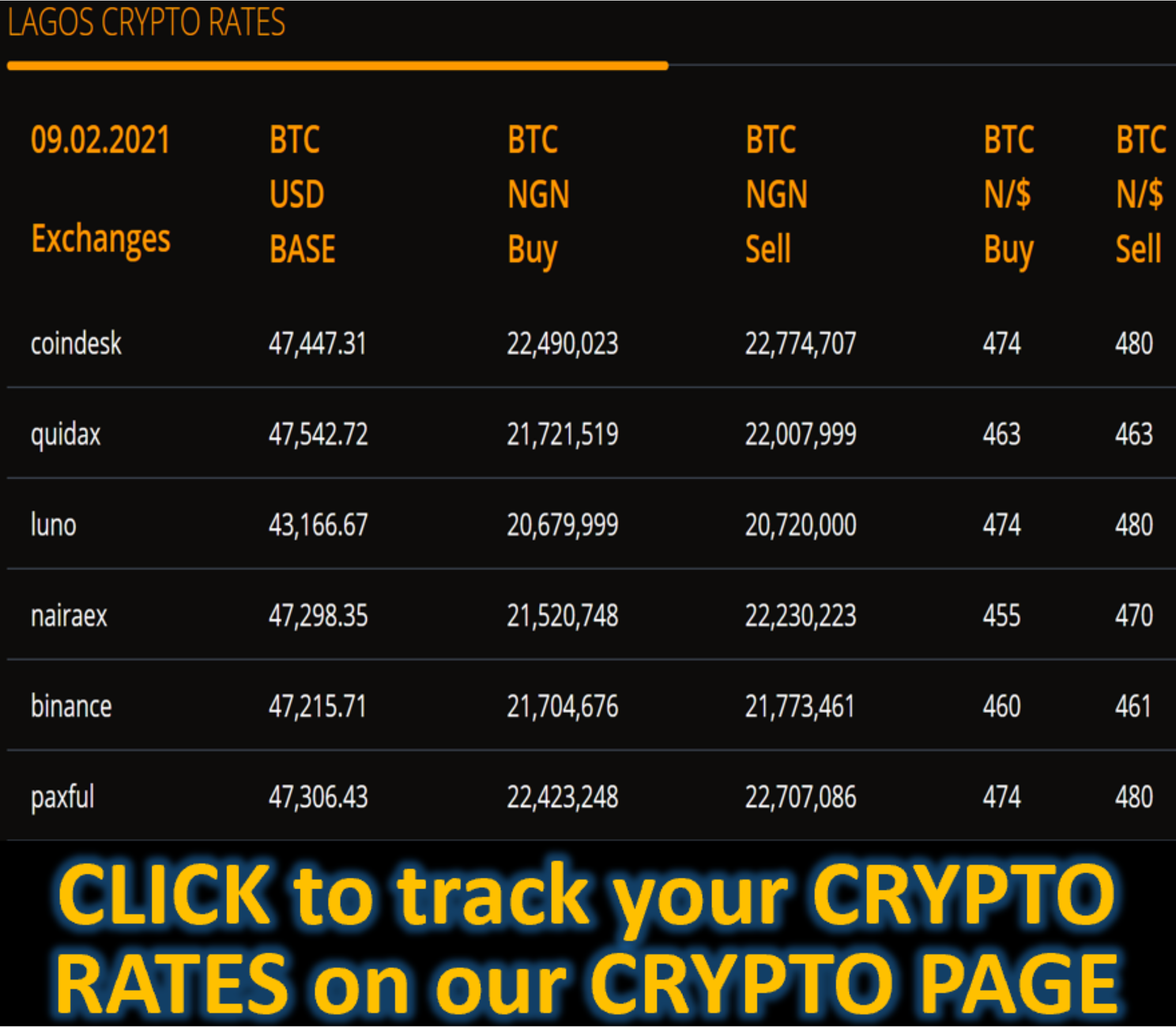Market News
Oil Gets Assist From India, China Buys as Global Glut Looms - BLOOMBERG
(Bloomberg) -- Global oil markets may be dominated by concerns about a glut, but producers have found some support in buying from China and India, spurred by a wave of US sanctions on Russian energy.
Crude cargoes — especially in the Middle East, which was briefly in oversupply — have found buyers, according to traders who asked not to be identified as they aren’t authorized to speak to the media. An overhang of unsold shipments from nations such as the United Arab Emirates is no longer seen, they added.
Global benchmark Brent has sunk 15% this year, making it one of the worst performing major commodities. The slump has come as OPEC+ ramps up quotas, and drillers outside the alliance also add supply. The International Energy Agency has forecast a record overhang, and in one sign of fragility, US futures’ nearest two contracts dipped into contango, a bearish pattern.

At the same time, Washington has been tightening the noose on flows of Russian crude — as well as its principal buyers — in a bid to raise the pressure against Moscow over the war in Ukraine. The most significant step has been sanctions against major suppliers Rosneft PJSC and Lukoil PJSC. In addition, President Donald Trump said on Sunday that proposed Senate legislation to blacklist countries conducting business with Russia would be “okay with me.”
In the Middle East, unsold cargoes at the start of November from the prior month’s trading cycle found buyers in Asia eventually, the traders said. These included a large number of shipments of the UAE’s Upper Zakum variety, as well as extra volumes from Kuwait after an outage at the Al-Zour refinery.
A number of these cargoes were purchased by refiners in China, although Indian processors also bought marginally more supply in a series of tenders, the traders said. Bharat Petroleum Corp. bought a range of grades from the Middle East, West Africa and US, while HPCL-Mittal Energy Ltd. took some Qatari Al-Shaheen.
“There is a lot of supply in the market,” said Manoj Heda, executive director of international trade at state-owned Bharat Petroleum. But “demand centers are only limited to China and India,” he said at an industry conference.

The activity has helped the Middle Eastern market retain strength relative to other regions, as the two Asian importers draw on their mainstay shippers from the Persian Gulf. Reflecting that, measures including the so-called Brent-Dubai swap spread and the Brent-Dubai EFS were negative last week, pushing global Brent benchmark to a rare discount to Dubai.
To be sure, there’s still not much cause for cheer either, as shipments from the Middle East have changed hands at increasingly lower prices. Grades including Oman, Upper Zakum and Murban all saw differentials to the Dubai benchmark narrow as the month wore on, according to data from General Index.
Elsewhere, there’s slowness in West Africa, with differentials broadly in decline. But as in the Middle East, markets are still clearing, the traders said. Indian and Indonesian refiners bought a total of 11 cargoes late last week, while Chinese buyers also took larger volumes from the region, as well as Latin America.
In regions where Chinese and Indian refiners don’t typically source crude, weakness is more apparent. In the North Sea market — where Brent is priced — there’s been heavy selling in a key trading window. At the same time, loadings of 13 main grades are set to average about 2.1 million barrels a day in December, an eight-year high, according to programs compiled by Bloomberg.
Brent traded below $64 a barrel on Monday, lower on the day. It ended last year close to $75.
--With assistance from Sherry Su and Rakesh Sharma.
(Updates to add Brent price in final paragraph.)









